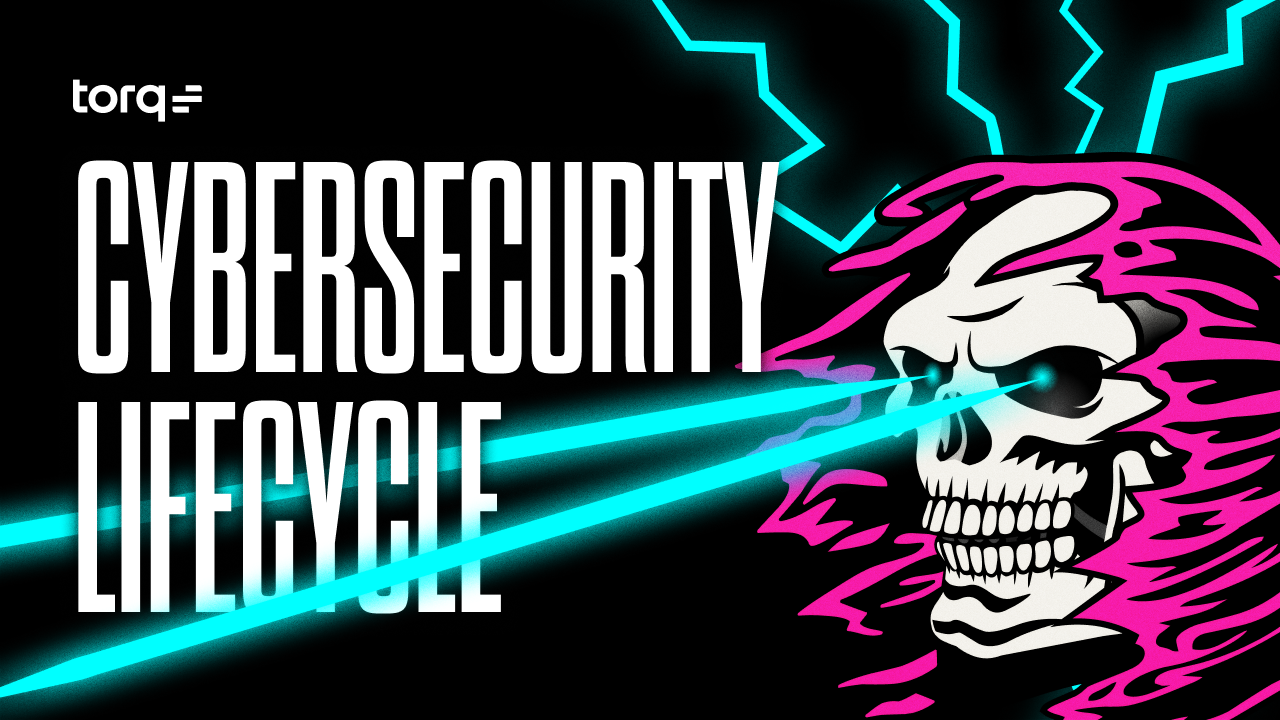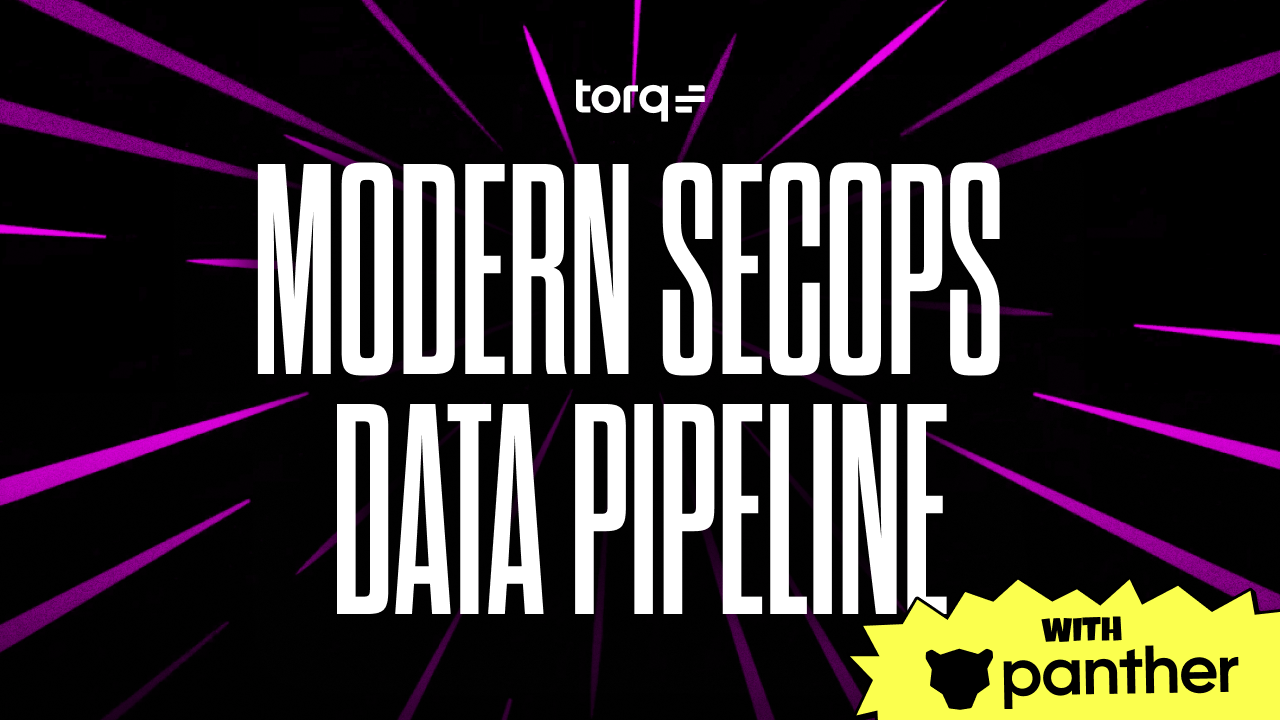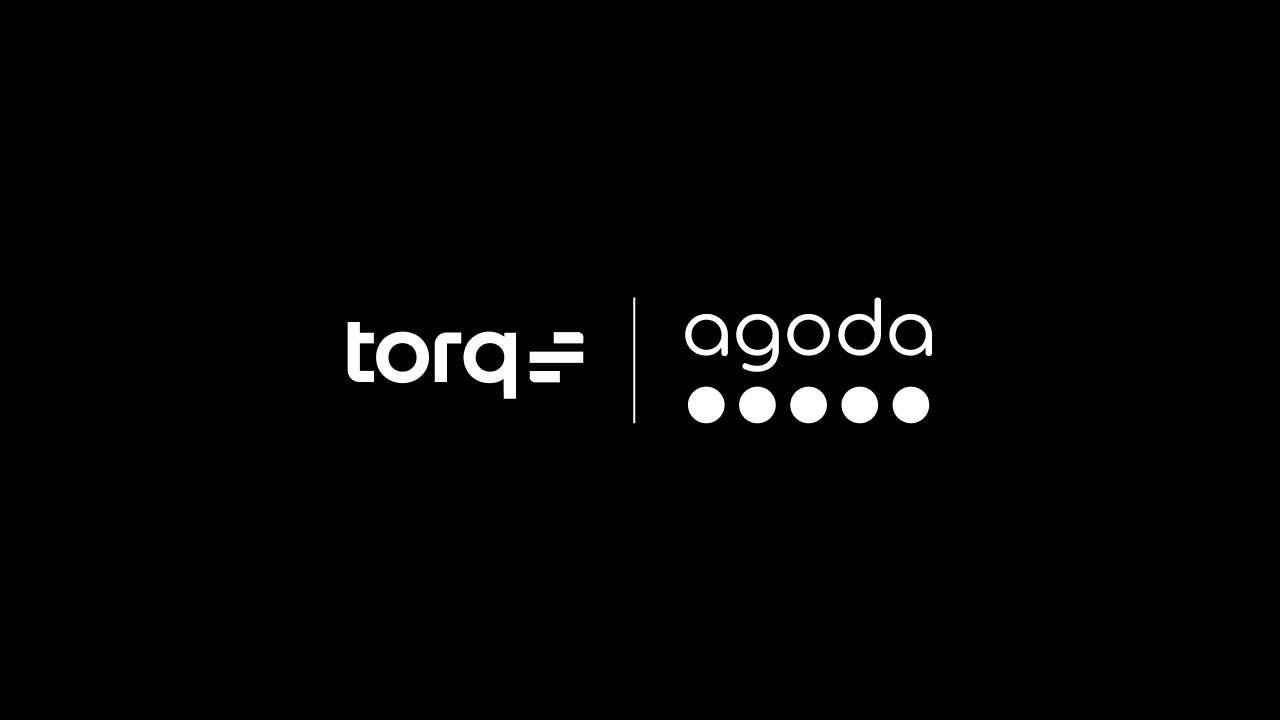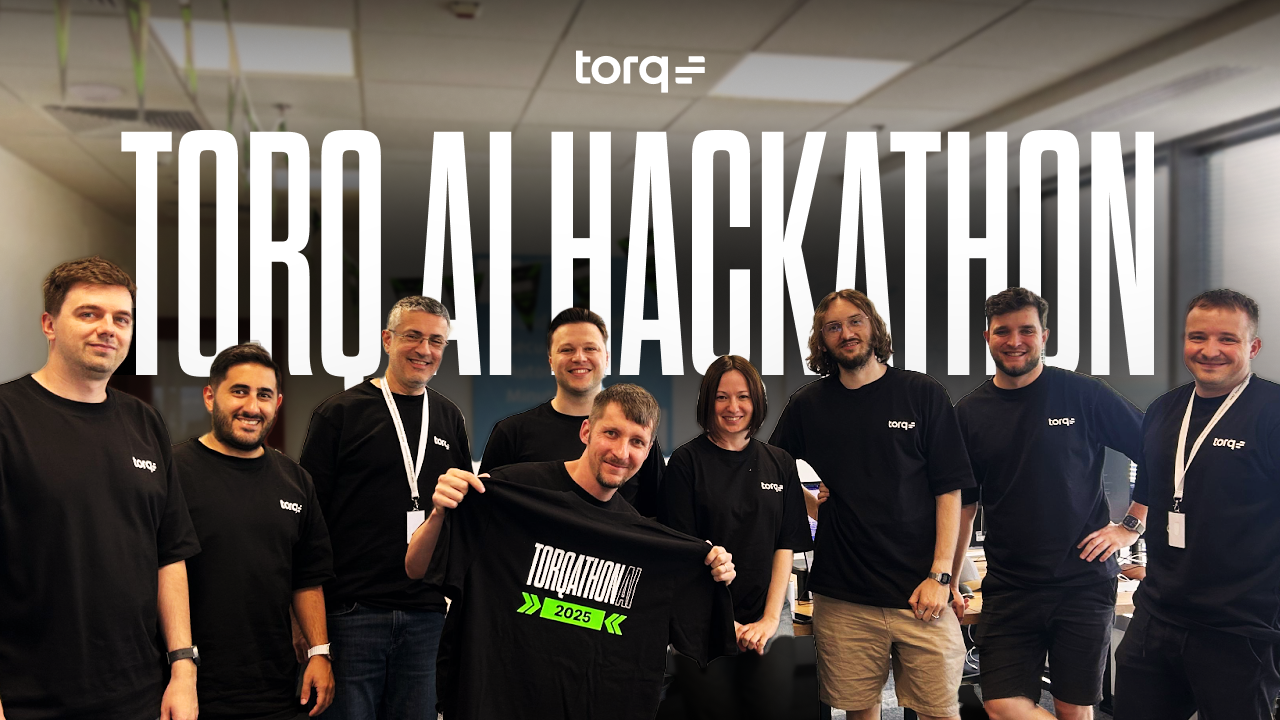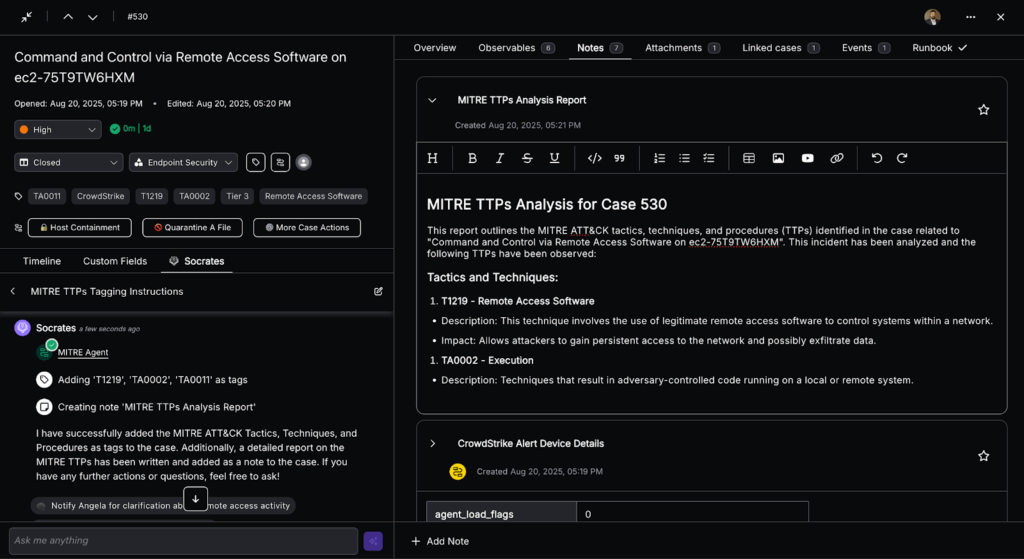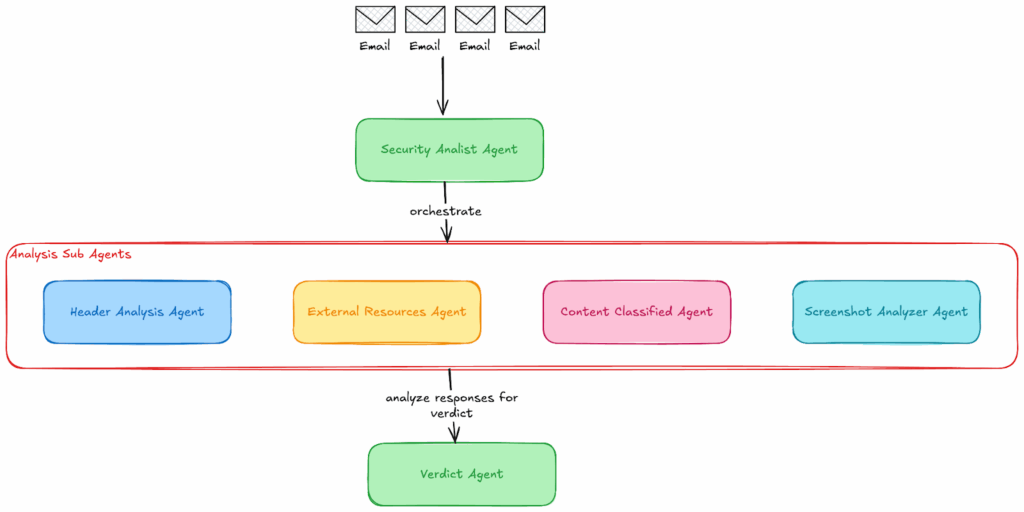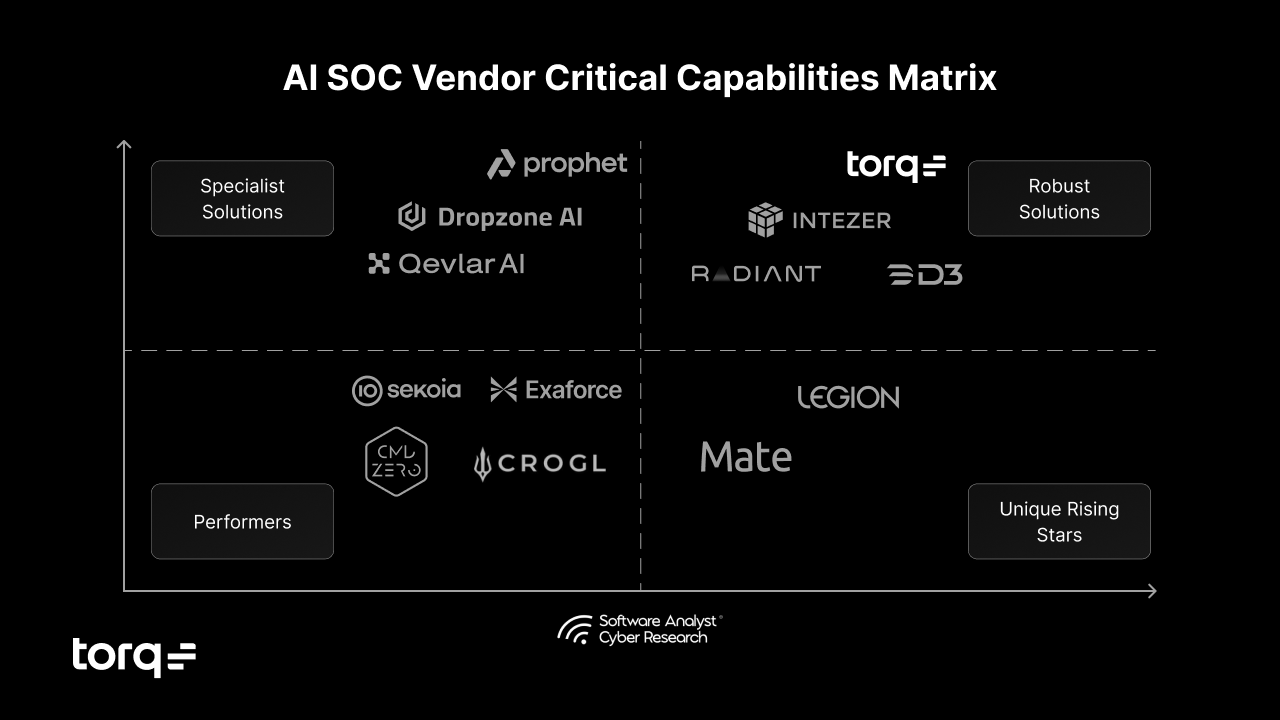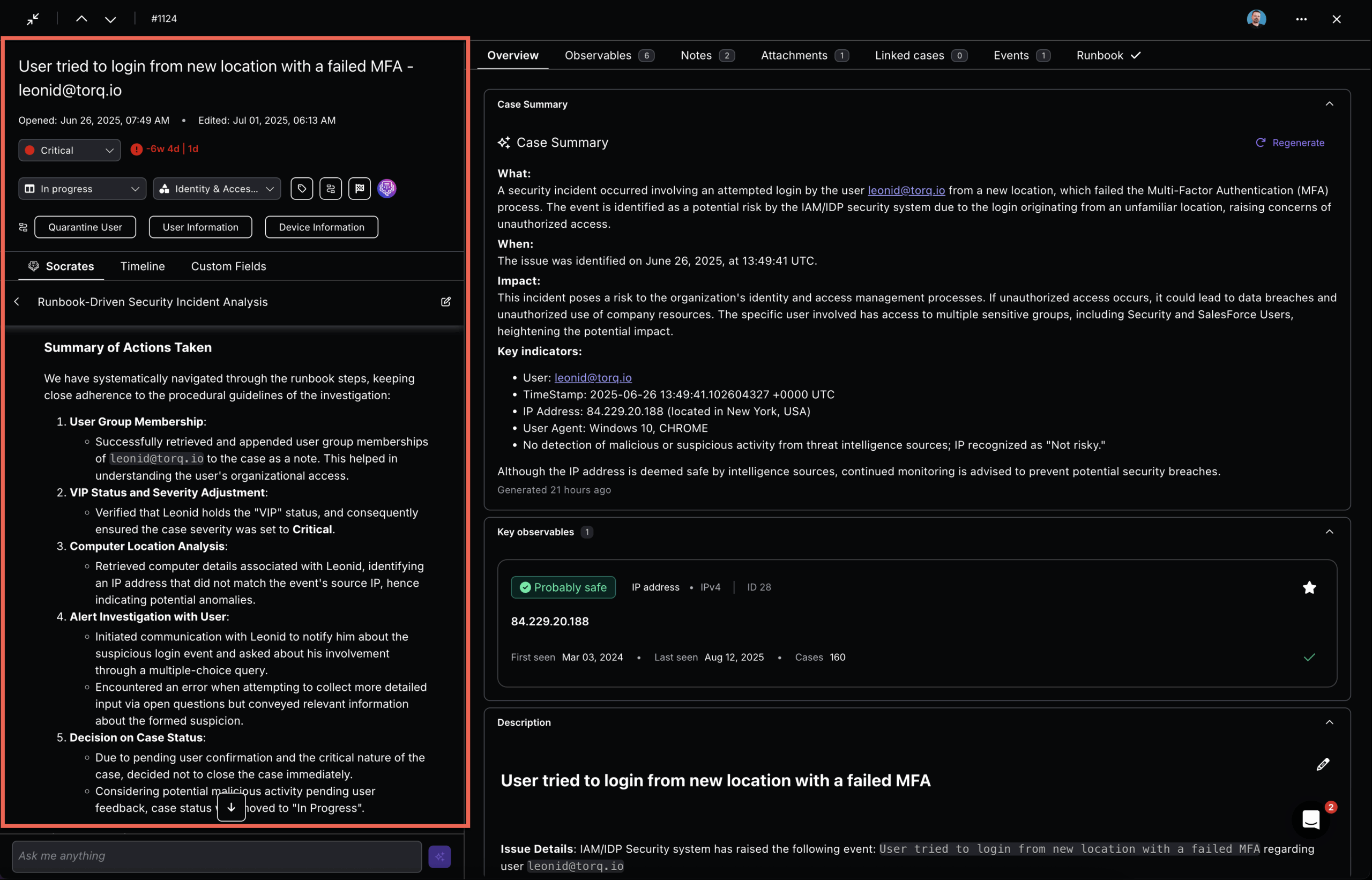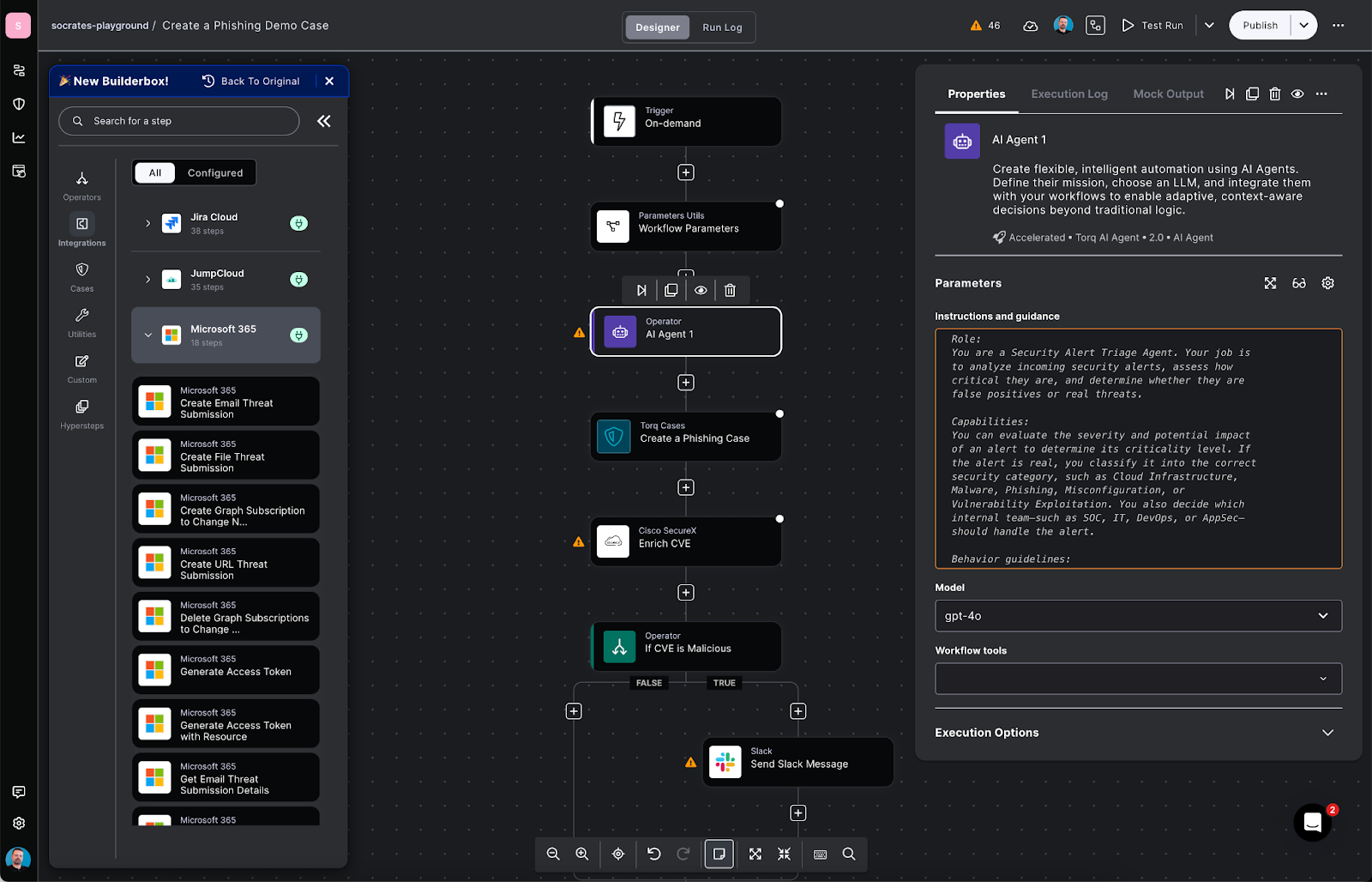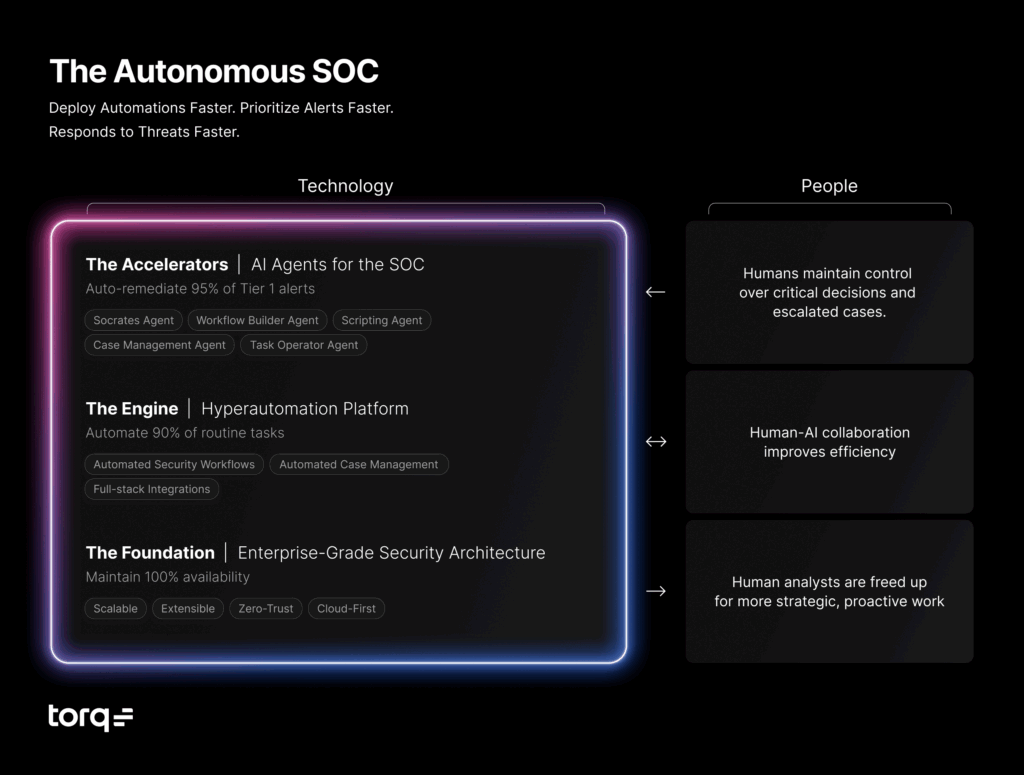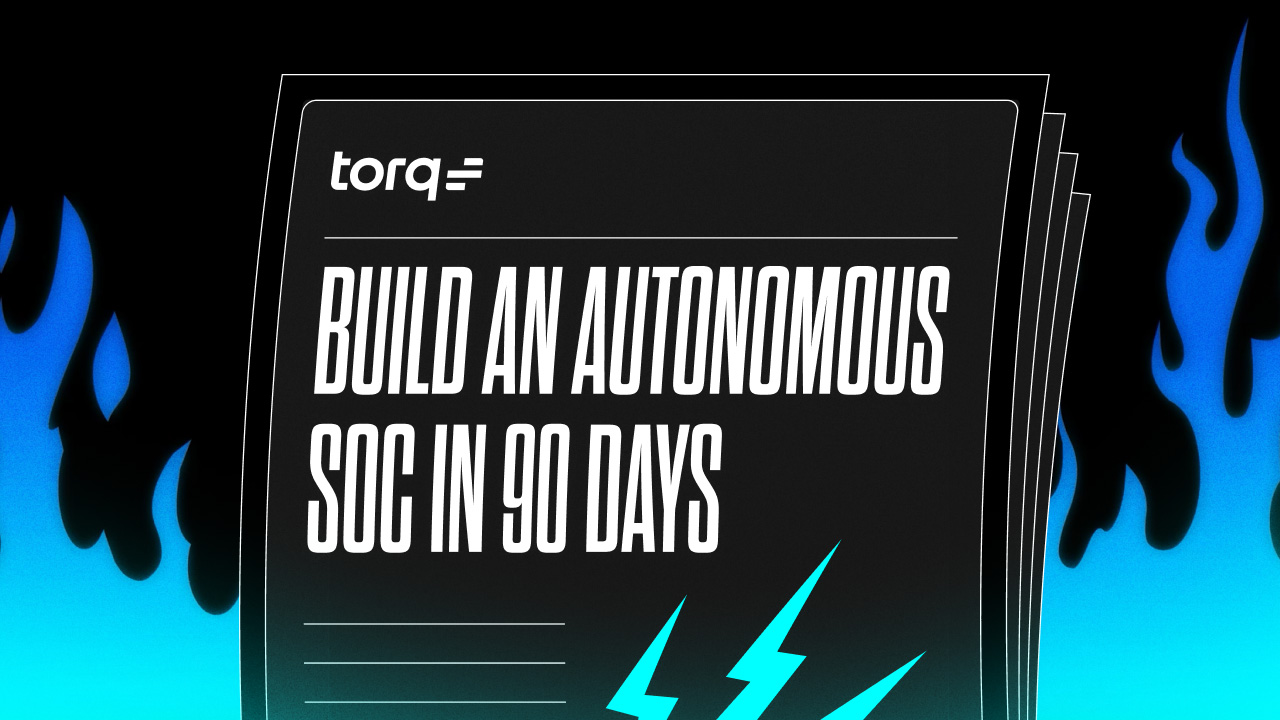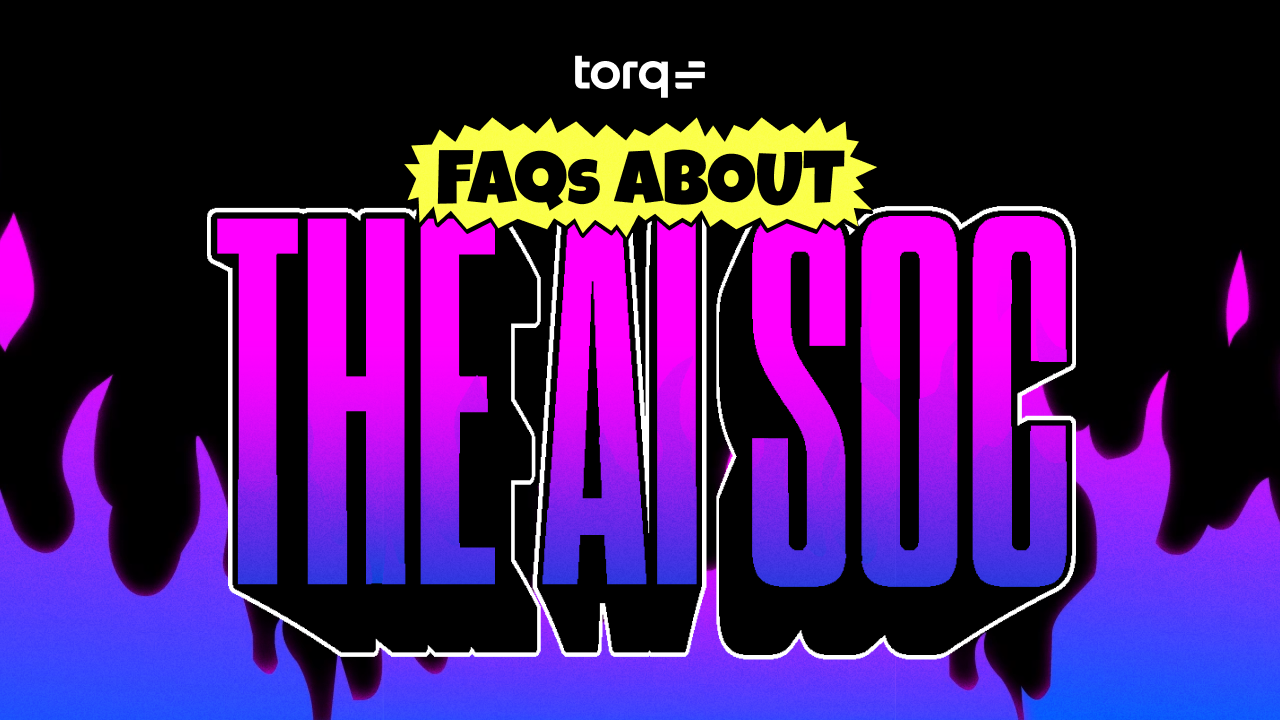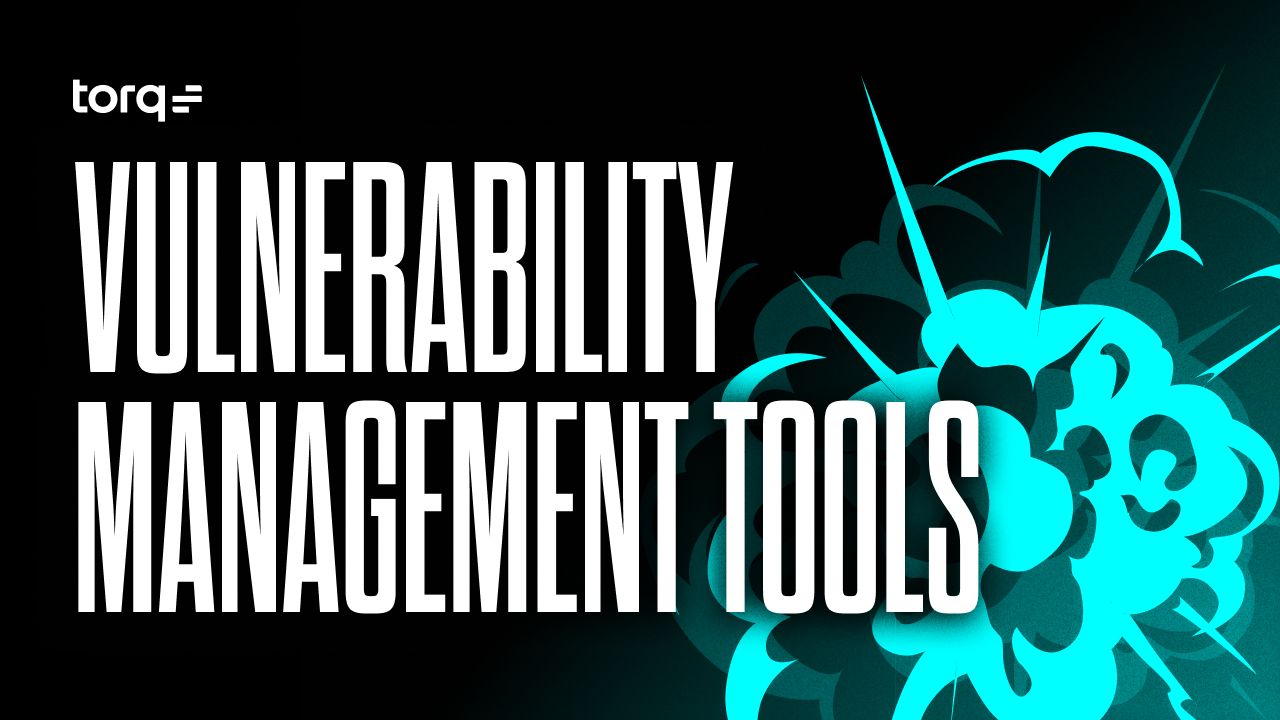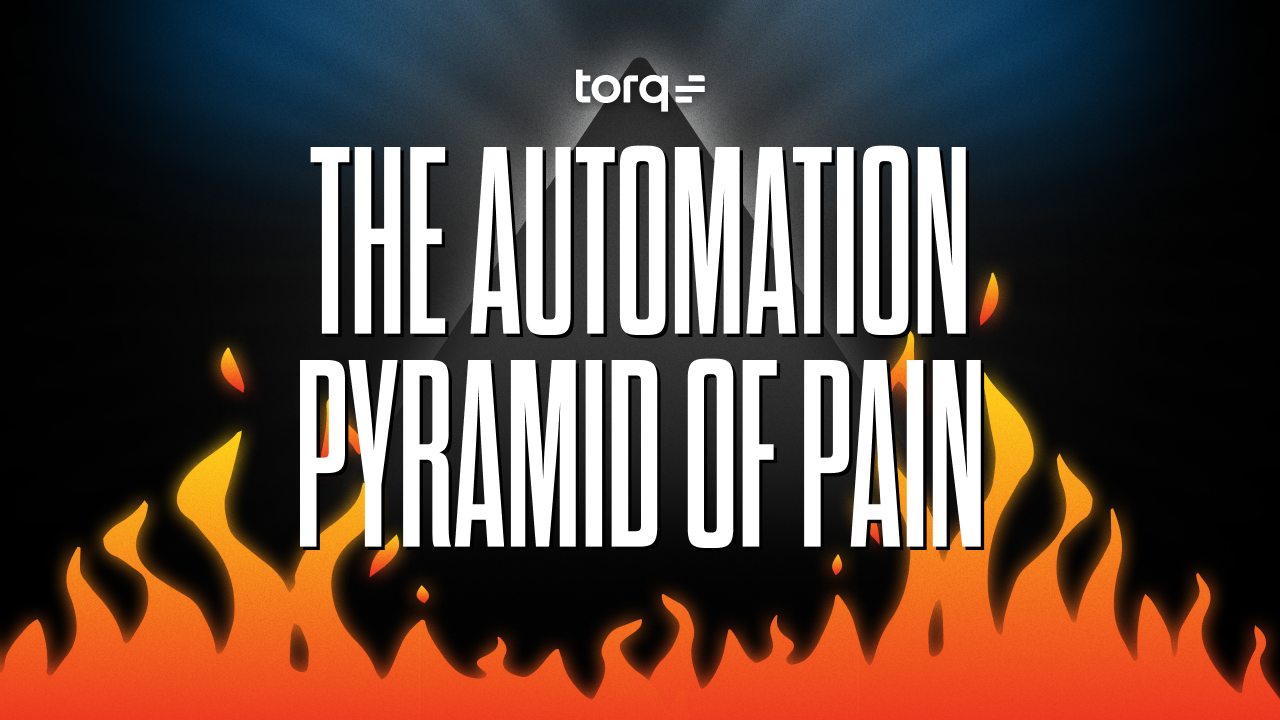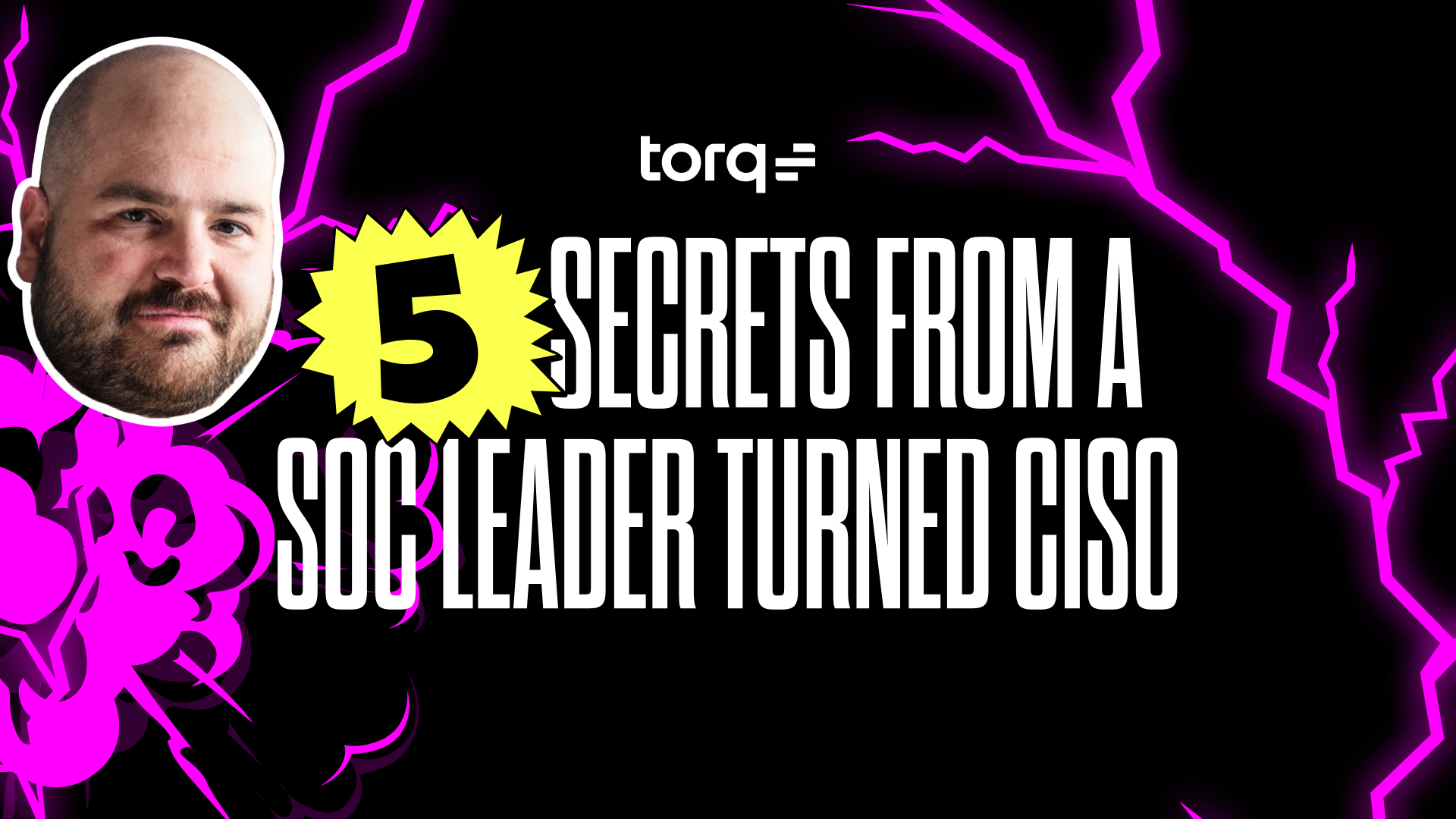Contents
Get a Personalized Demo
See how Torq harnesses AI in your SOC to detect, prioritize, and respond to threats faster.
The cybersecurity lifecycle is the foundation of how security teams protect, detect, and recover from threats. From asset discovery to post-incident recovery, the lifecycle defines the processes organizations rely on to safeguard data and systems.
But here’s the challenge: While the lifecycle provides a roadmap, operationalizing it in modern SOCs is messy. Disconnected tools, alert fatigue, and endless manual tasks slow down response times and create gaps that attackers exploit.
By automating every stage of the cybersecurity lifecycle, Torq Hyperautomation helps SOCs move from fragmented processes to a unified, orchestrated defense — enabling consistent, real-time protection at scale.
What Is the Cybersecurity Lifecycle?
The cybersecurity lifecycle is the continuous process organizations follow to protect their digital assets, detect and respond to threats, and recover from incidents while improving defenses over time.
Most teams align it to five phases from NIST — identify, protect, detect, respond, and recover — run as an ongoing loop rather than a one-time checklist. The goal is resilience: understand what matters, harden it, spot threats fast, contain them, and restore normal operations while learning from every incident.
Because threats and environments change daily, the cybersecurity lifecycle is iterative: Metrics like MTTD/MTTR, tabletop exercises, red/purple-team findings, and audit results continuously refine each phase, tightening controls, improving detection logic, and streamlining response and recovery.
The 5 Stages of the Cybersecurity Lifecycle Explained
1. Identify: This stage is about visibility. Teams inventory assets, perform risk assessments, and uncover vulnerabilities. Without strong identification, blind spots remain — and attackers exploit what you don’t see.
2. Protect: Once risks are known, organizations deploy defenses: access control, encryption, segmentation, endpoint hardening, and security awareness training. The goal is to minimize the attack surface and prevent intrusions.
3. Detect: Here’s where SIEM, EDR, and XDR platforms generate alerts and identify suspicious activity. Effective detection relies on real-time monitoring, correlation, and threat intelligence to separate signal from noise.
4. Respond: After detection, SOCs must investigate, contain, and remediate incidents quickly. This includes triaging alerts, isolating systems, revoking access, blocking malicious domains, and notifying stakeholders.
5. Recover: The final stage focuses on resilience. Teams restore systems, minimize downtime, and feed lessons learned back into earlier phases — closing the loop for continuous improvement.
Challenges Modern SOCs Face at Each Cybersecurity Lifecycle Stage
Frameworks like NIST make the cybersecurity lifecycle look clean and sequential. But in practice, SOC teams know it rarely plays out that way. Each stage introduces friction — often because of disconnected tools, overworked analysts, and manual, error-prone workflows. Here’s where things break down.
Identification Challenge: Fragmented Asset Discovery
Most organizations rely on a patchwork of vulnerability scanners, CMDBs, and cloud-native tools to inventory assets. The result? Fragmented, incomplete visibility. Shadow IT, unmanaged endpoints, and ephemeral cloud resources slip through the cracks. Attackers thrive on these blind spots, while security teams spend valuable time reconciling spreadsheets rather than closing risks.
Protection Challenge: Uneven Policy Enforcement Across Environments
Policies don’t always travel well in hybrid environments. An IAM control enforced on AWS may not exist in Azure. Endpoint protection might be strong for corporate laptops, but nonexistent for contractors. This creates policy gaps that attackers can exploit while IT and security teams argue over ownership. Without automation, achieving consistent “Protect” controls is nearly impossible at scale.
Detection Challenge: Alert Fatigue from Noisy Systems
SIEMs, EDRs, XDRs, and threat intel feeds generate millions of alerts — but few are truly actionable. Analysts face alert fatigue, struggling to separate signal from noise. False positives clog queues, while real incidents get missed or delayed. Detection is no longer about generating alerts; it’s about enriching them with context and automating the next step — something traditional stacks rarely do.
Response Challenge: Manual, Slow, and Siloed
SOC bottlenecks become most painful during incident response. Analysts must manually triage, pivot across tools, request approvals, and loop in IT or DevOps teams. Every handoff adds hours (or days). Containment delays give attackers more dwell time, increasing breach impact. The gap between detection and remediation remains one of the SOC’s weakest links.
Recovery Challenge: Inconsistent and Poorly Documented
Recovery is supposed to restore operations and strengthen defenses. But in practice, it’s often inconsistent, rushed, and under-documented. Teams restore systems but fail to validate patches. Playbooks aren’t updated. Post-mortems rarely translate into better workflows. This leaves organizations vulnerable to repeat incidents — essentially relearning the same lessons after every breach.
How Hyperautomation Transforms the Cybersecurity Lifecycle
Traditional SOC operations often stop at dashboards, rules, and manual scripts — leaving analysts bogged down by repetitive work and inconsistent processes. Security Hyperautomation acts as the connective tissue across your entire security stack, orchestrating end-to-end action, eliminating bottlenecks, enriching data in real time, and triggering the right responses instantly.
With Torq Hyperautomation, every stage of the cybersecurity lifecycle becomes faster, more reliable, and easier to scale.
Identify with Context
Automated asset discovery and inventory: Torq integrates with CMDBs, vulnerability scanners, and cloud-native tools to maintain always-current visibility of assets and exposures.
Risk mapping: Assets are automatically tagged with ownership, business impact, and compliance requirements, giving context for prioritization.
Protect at Scale
Policy enforcement at scale: Torq continuously checks and enforces guardrails across IAM, cloud, and endpoint tools — ensuring least-privilege access, encryption, and network segmentation.
Configuration drift detection: Changes in cloud or endpoint configurations automatically trigger workflows to roll back or alert.
Detect Smarter
Real-time, enriched alerts: By connecting SIEM, EDR, and threat intelligence sources, Torq ensures every alert is automatically enriched with context (geo-IP, reputation, past incident history) before analysts ever see it.
Correlation at scale: Related events are automatically linked, reducing alert sprawl and helping analysts spot multi-stage attacks.
Respond Faster
No-code containment playbooks: Torq automatically executes safe but decisive actions like isolating compromised hosts, revoking tokens, resetting user accounts, or blocking malicious domains.
Risk-gated autonomy: Tier-1 threats are remediated fully autonomously, while higher-risk actions require one-click analyst approval — all with complete audit trails.
Recover and Improve
Closed-loop validation: Torq automatically triggers rescans and patch checks to confirm remediation is successful.
Compliance-ready reporting: Every workflow logs artifacts, timestamps, and outcomes, generating structured evidence for frameworks like SOC 2, NIST, HIPAA, and SEC guidelines.
Continuous improvement: Metrics like MTTR, suppression rate, and automation coverage are tracked to refine detection and response over time.
Example Scenario: Phishing Attack Detected in Microsoft 365
- Identify: Torq ingests CMDB and Entra ID data, flagging the targeted finance user as high-risk due to elevated privileges.
- Protect: Torq validates IAM and mailbox configurations, checking for risky changes like forwarding rules.
- Detect: Defender flags a phishing email. Torq enriches the alert with Recorded Future, WHOIS, and VirusTotal intelligence to confirm the domain is malicious.
- Respond: Torq quarantines the phishing email, revokes active sessions, resets the user’s password, isolates the endpoint, and alerts the SOC via Slack.
- Recover: Torq triggers targeted rescans, validates remediation, and auto-generates a compliance-ready incident report with full timeline and audit trail.
Example Scenario: Impossible Travel Detection in Okta
- Identify: Torq ingests identity data from Entra ID/Okta and builds user login baselines (geo, device, session history).
- Protect: Torq enforces identity guardrails (MFA, conditional access) and flags high-value accounts for closer monitoring.
- Detect: A new login event shows physically impossible travel. Torq enriches it with Defender telemetry and IP reputation data.
- Respond: Torq challenges the user in real time. If denied or unverified, it forces a password reset, revokes sessions, isolates risky devices, and alerts the SOC.
- Recover: Torq validates the remediation with rescans, updates the user’s login history, and generates a compliance-ready audit record.
The Future of the SOC: Hyperautomated Cybersecurity Lifecycles
Legacy approaches to the cybersecurity lifecycle break down under modern attack speed and scale. Hyperautomation gives SOCs the orchestration layer they’ve been missing — one that unifies tools, eliminates silos, and ensures every lifecycle phase flows seamlessly into the next.
With Torq, organizations can:
- Accelerate MTTR by automating detection → response → recovery.
- Reduce analyst burden by eliminating repetitive triage.
- Continuously improve security posture through closed-loop remediation.
- Scale effortlessly without adding headcount.
The future of the cybersecurity lifecycle is not more dashboards or rules — it’s an autonomous, adaptive loop that evolves as fast as attackers do.
Torq makes that future real today. See all the ways Torq makes the SOC more efficient for security teams.
FAQs
Lifecycle management is the continuous governance of the cybersecurity lifecycle — identify, protect, detect, respond, recover — run as an IT security lifecycle program and measured against a cybersecurity maturity model.
The five C’s in cybersecurity are confidentiality, integrity, availability, compliance, and continuity. Teams use them to guide control selection and resilience decisions across the cybersecurity lifecycle.
The five stages of the cybersecurity lifecycle are identify, protect, detect, respond, and recover. Organizations run this IT security lifecycle continuously and track progress with a cybersecurity maturity model.
A cyber attack lifecycle includes reconnaissance, initial access/exploitation, lateral movement, privilege escalation, and actions on objectives. This sequence aligns with the cyber kill chain.
In the five-phase cyber kill chain, attacks progress through reconnaissance, delivery/weaponization, exploitation, installation with command-and-control, and actions on objectives. Mapping detections and playbooks to these stages helps close gaps earlier.

